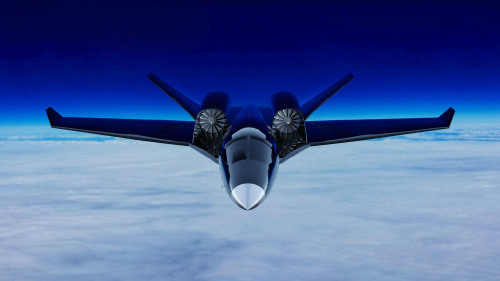The Future Takes Flight: XE-21 Electric Aircraft Redefining Aviation
The rules of flying are being rewritten by technological developments in the ever-changing world of aviation. The XE-21 electric aircraft is one outstanding innovation that has attracted the interest of both aviation enthusiasts and environmentalists. This ground-breaking electric aircraft represents a significant advance towards a more efficient and environmentally friendly flying future.
1. The Development of the XE-21

A group of forward-thinking engineers and designers worked together to create the XE-21 electric aircraft with the goal of revolutionizing aviation. The project started in the early 2010s, while several sectors were making great advancements with electric propulsion systems. The potential for electrification in aviation was ready for investigation as electric automobiles became more and more popular.
The team set out on this challenging path with the intention of developing an electric aircraft that will not only compete with conventional aircraft powered by internal combustion engines, but also outperform them in terms of performance, efficiency, and sustainability.
2. Cutting-Edge Technology

The cutting-edge electric propulsion system of the XE-21 is one of its distinguishing qualities. The XE-21 is powered by cutting-edge lithium-sulfur batteries, unlike traditional aircraft, which depend on fossil fuels. These batteries are fantastic for aircraft applications because of their energy density and lightweight construction.
Because of the XE-21’s electric motors’ great efficiency and low noise output, flying is quieter and more relaxing. Passengers like the reduced noise pollution, and it also helps make the airline industry more ecologically friendly.
3. Impact on the environment
The potential for the XE-21 electric aircraft to lessen the environmental impact of the aviation sector is one of the most persuasive arguments for its development. Large amounts of greenhouse gases are released by conventional airplanes, which contribute to climate change. The XE-21, in contrast, emits no pollutants when in flight, considerably reducing its carbon impact.
In addition, the adoption of electric aircraft may open the door to cleaner, more environmentally friendly, and sustainable modes of transportation, supporting international efforts to fight climate change and lessen our dependency on fossil fuels.
4. Excellence in Performance
The XE-21 electric aircraft is a high-performance wonder in addition to being an ecologically smart choice. With its quick torque and responsive power, its electric motors enable remarkable acceleration and handling. By enabling the use of smaller airports and easing congestion at big hubs, this extraordinary performance results in shorter takeoff and landing distances.
The XE-21 also has outstanding range and endurance qualities. Longer flight times made possible by advancements in battery technology make it suited for a variety of tasks, from localized short hops to lengthy international flights.
5. Economic Benefits
For both airlines and passengers, electric aircraft like the XE-21 provide considerable financial advantages. Electric propulsion systems have lower operational expenses, which results in more cheap air travel and lower ticket pricing. Additionally, the longer lifespan and lower maintenance needs of electric motors help airlines save money.
Additionally, there are regulatory obstacles since aviation authorities must adjust to the special qualities and safety specifications of electric aircraft. For electric aircraft to be safely integrated into the airspace, authorities and industry stakeholders must work together.
The XE-21’s future and that of electric aircraft in general appears bright. Electric aircraft are anticipated to play an ever-more-important role in the aviation sector as technology develops and society’s emphasis on sustainability increases. The XE-21 offers a look into a future in which aviation is not just a means of transportation but also a force for good. It is a bright example of what is possible.
Conclusion
With its extraordinary integration of cutting-edge technology, environmental sustainability, and great performance, the XE-21 electric aircraft symbolizes a paradigm leap in aviation. The XE-21 serves as a ray of hope and innovation as the aviation sector deals with the problems posed by climate change and the demand for more effective transportation options.
Electric aircraft like the XE-21 are set to transform the future of aviation with continuous research, development, and collaboration among industry leaders. The sky is not the limit, and a new age in aviation is just getting started as we look to the future.









